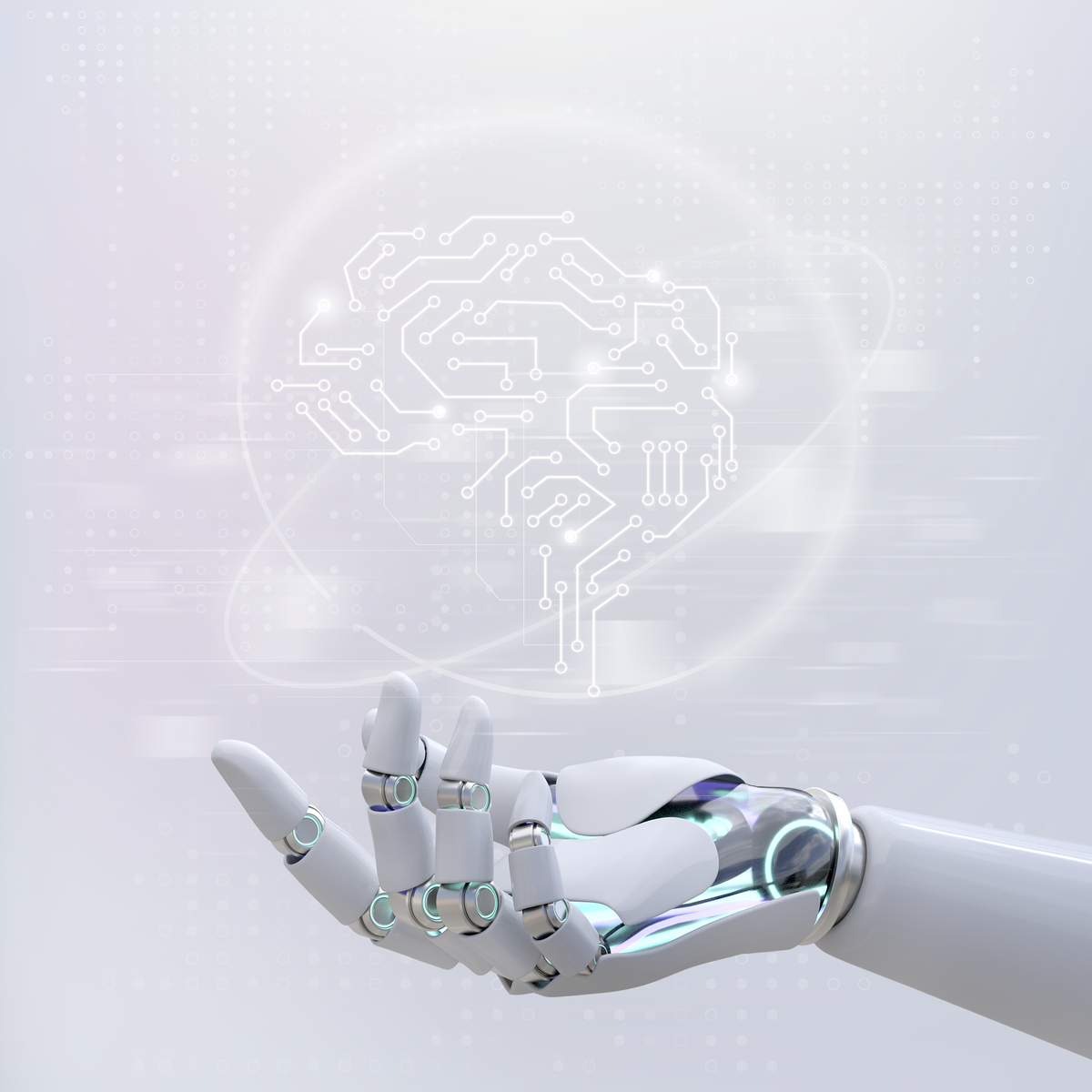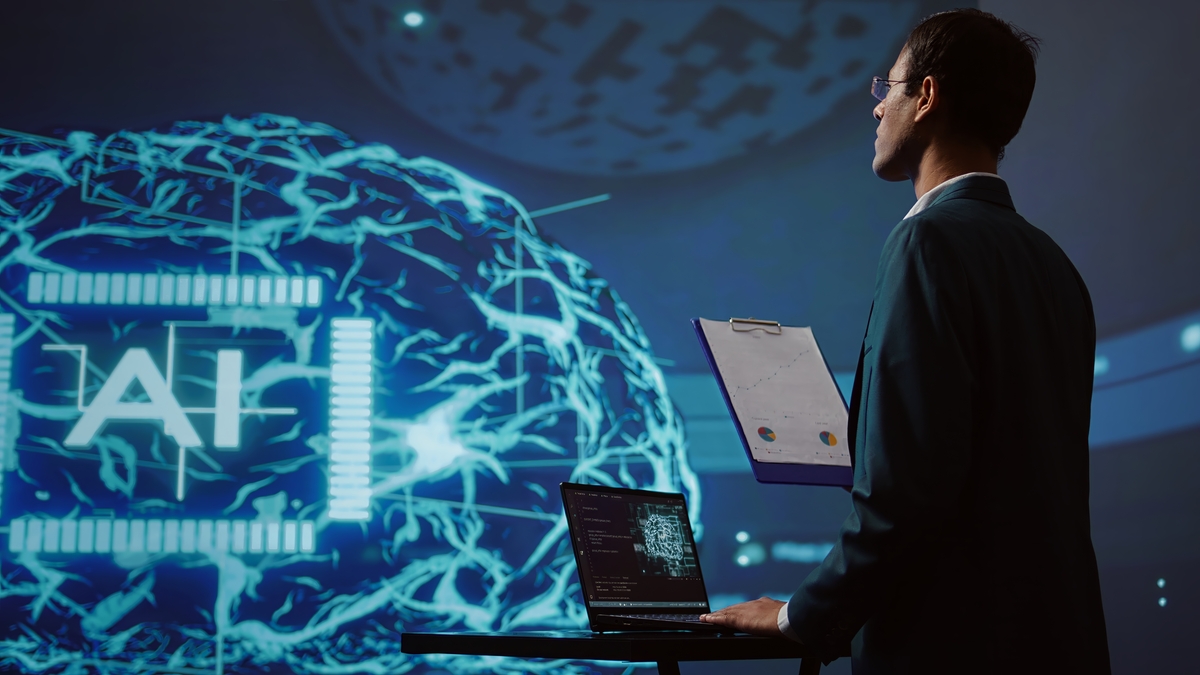As sustainability gains prominence across global businesses, Life Cycle Assessment (LCA) has emerged as a crucial instrument for quantifying environmental effects. Unfortunately, gathering and analyzing data for an LCA takes a lot of time and money. The field of Artificial Intelligence (AI) is revolutionizing life cycle assessments (LCAs) through the improvement of data processing, prediction accuracy, and efficiency in real-time decision-making. Industries may ensure more sustainable practices by making quicker, better-informed decisions about materials, energy use, and product design by incorporating AI into LCA procedures.
This article examines machine learning (ML), natural language processing (NLP), and predictive analytics as three major AI-driven technologies that are transforming life cycle assessment (LCA). These technologies are making LCA less complicated while still allowing for more accurate and scalable evaluations. We will also examine the advantages and difficulties of utilizing LCA with AI, providing useful advice on how businesses may maximize their sustainability initiatives by utilizing AI-driven LCA solutions.
Table of Contents
LCA Meets AI: A Game Changer for Sustainability
The game is shifting for environmental sustainability with the integration of AI into Life Cycle Assessment (LCA). Decision-making has frequently been delayed by the complexity and resource-intensive nature of LCA, which calls for the processing of enormous volumes of data. But because AI is good at processing and analyzing data, businesses can do life cycle assessments (LCAs) more quickly and accurately. Businesses can now conduct assessments in real time, model potential futures, and take proactive measures to minimize environmental effect at every stage of the product lifecycle thanks to artificial intelligence.
More scalability, shorter lead times, and more accurate assessments are the outcomes of integrating AI into LCA. By automating monotonous processes like data gathering and analysis, artificial intelligence (AI) frees up human specialists to concentrate on making strategic decisions that advance sustainability objectives.
AI’s Advantages for LCA
The advantages of utilizing AI in LCA greatly exceed the drawbacks, especially for businesses trying to expand their sustainability initiatives:
1. Faster Data Processing
Large datasets may be processed quickly by AI-driven systems, cutting the length of time required to complete an LCA from months to days or even hours. Organizations are able to minimize their environmental effect by making data-driven, timely decisions thanks to this efficiency.
2. Scalability
AI streamlines the LCA process by automating a number of its components, making it easier for enterprises to scale their efforts. In large organizations or industries with vast supply chains, where doing individual life cycle assessments (LCAs) for each product or process would be too resource-intensive, scalability is essential.

3. Better Decision-Making
AI-driven LCAs help firms make more informed decisions that are in line with their sustainability objectives by giving real-time insights into the environmental effects of various options.
4. Greater Accuracy
Machine learning algorithms improve the accuracy of environmental forecasts by continuously learning from fresh data. Because they are based on real-world data, AI-driven LCA models are therefore better able to predict future environmental impacts.
Important AI-Powered Technologies to Improve LCA
Here are 3 Important AI-Powered Technologies to Improve LCA:
1. Natural Language Processing (NLP)
When it comes to automating the extraction of data from unstructured data sources like technical documents, product specifications, or environmental reports, natural language processing (NLP) is essential. A large portion of this data must be handled manually in traditional LCA, which takes time and increases the risk of inaccuracy. These data sources can be swiftly analyzed and interpreted by NLP, giving real-time information about how environmentally friendly a product is.
NLP tools, for example, can be used to find ecologically friendly processes or materials by scanning industry standards, regulatory documents, and product descriptions. This capacity enables businesses to continuously enhance their sustainability policies and stay in compliance with changing requirements.
2. Predictive Analytics
Another AI-driven innovation that is changing life cycle assessment (LCA) is predictive analytics, which enables businesses to estimate the environmental effects of upcoming processes, goods, and choices. Predictive models predict the environmental impacts of different scenarios by combining past LCA data with external factors like supply chain variations, legislative changes, and changing consumer preferences.
Predictive analytics, for instance, can be used by a business to evaluate the possible effects of moving from traditional plastic to biodegradable alternatives, assisting them in making decisions that support sustainability goals. Organizations may stay ahead of the curve in industries where sustainability criteria are constantly changing thanks to this expertise.

3. Machine Learning (ML)
Machine learning (ML) is among AI’s most important contributions to life cycle assessment (LCA). Large datasets can be analyzed by ML algorithms to find trends, which makes it possible to estimate a product’s environmental impact more precisely across its lifecycle. ML can forecast the impact of changes in materials, energy use, or transportation on the carbon footprint and other environmental indicators by examining past data. For enterprises trying to switch to more sustainable materials or streamline their supply networks, this predictive capability is very helpful.
ML also improves data analysis automation, which lowers the amount of manual work needed for conventional life cycle assessments. For instance, ML models can expedite the Life Cycle Assessment (LCA) process by automatically classifying and assessing data from different stages of the product lifetime.
Suggested article to read: Revolutionizing Construction: An Introduction to AI in Construction (2024)
Challenges in Using AI in LCA
Even though AI has a lot to offer LCA procedures, there are still obstacles to overcome in its implementation:
- Data Availability and Quality: In order for AI systems to work well, they need access to large, comprehensive datasets. It can be challenging to collect the data required for reliable life cycle assessment (LCA) in many businesses, particularly those with intricate supply chains. Incomplete or inconsistent data may cause AI systems to struggle and produce less reliable assessments.
- Integration with Existing Systems: Many firms already have well-established LCA processes in place. Integration with legacy systems is frequently necessary when moving to AI-driven systems, which can be difficult and time-consuming on a technical level.
- Cost of Implementation: Investing in specialized software, hardware, and knowledge is necessary to integrate AI technologies like ML and NLP into LCA systems. Even while AI eventually increases productivity, smaller businesses or organizations with tighter budgets may find it prohibitive to incur the initial setup expenditures.
The Future of AI and LCA
LCA with AI appears to have a bright future as long as technological developments keep increasing the effectiveness of sustainability initiatives. LCA skills will be further enhanced by emerging technologies like deep learning and AI-powered cloud platforms, which will make it simpler for businesses to conduct assessments in real-time, spot new sustainability opportunities, and take proactive action. Additionally, even small and medium-sized firms will be able to implement LCA practices at scale because to AI-driven automation.
Artificial Intelligence-driven Life Cycle Assessment (LCA) will become crucial for industries looking to minimize their environmental impact and maintain their competitiveness in a dynamic market as governmental regulations tighten and customers want more sustainable products.

Conclusion
AI’s incorporation into Life Cycle Assessment (LCA) is transforming how businesses evaluate and minimize their environmental effect. Industries can accelerate sustainability by utilizing AI-driven technologies like natural language processing, machine learning, and predictive analytics to make better informed decisions more quickly. Even while there are certain obstacles to overcome, like data quality issues and implementation costs, the long-term advantages of AI—such as increased accuracy, efficiency, and scalability—make it a vital tool for LCA in the future.
As industries increasingly prioritize sustainability, AI-driven LCA will play a critical role in developing more environmentally responsible goods, processes, and supply networks. In a world where environmental impact is constantly scrutinized, the capacity to do real-time evaluations and make proactive, data-driven decisions is essential to maintaining compliance and competitiveness. AI has the ability to significantly spur green innovation, and its impact on LCA transformation is only getting started.
FAQs
How does AI Improve the Efficiency of Life Cycle Assessment (LCA)?
- Answer: By automating the procedures involved in data gathering and analysis, AI improves the effectiveness of LCA. Large datasets can be processed fast by technologies like machine learning (ML) and natural language processing (NLP), cutting the time needed to conduct an LCA from months to days. This enables businesses to decide on materials, energy use, and sustainability policies more quickly and intelligently.
What are the Key AI Technologies Driving Innovation in LCA?
- Answer: Machine learning (ML), which increases predictive accuracy by analyzing historical data, natural language processing (NLP), which automates data extraction from unstructured sources, and predictive analytics, which projects the environmental effects of future decisions and products, are three key AI technologies driving innovation in life cycle assessment (LCA).
What are the Challenges of Integrating AI into LCA Systems?
- Answer: The complexity of integrating AI with current LCA systems, especially in industries with established processes, high implementation costs associated with adopting AI technologies, and data quality and availability—as AI systems require extensive datasets for accurate analysis—are some of the challenges of integrating AI into LCA.
How does Predictive Analytics Help in Life Cycle Assessment?
- Answer: Using past data, predictive analytics forecasts the environmental effects of various materials, processes, and decisions, which aids in life cycle assessment (LCA). This makes it possible for businesses to evaluate the long-term viability of their decisions and modify their strategy as necessary.
What Industries Benefit the Most from AI-driven LCA?
- Answer: AI-driven life cycle assessment (LCA) is especially advantageous for industries like construction, manufacturing, and automotive that have intricate supply chains and significant environmental consequences. AI drives sustainability at scale by helping these businesses improve their use of materials, energy, and waste management.
Suggested article for reading:
The Role of PIM in Sustainable Construction (2024)
IoT Sensors in Smart Buildings: Enhancing Efficiency and Sustainability
IIoT Technology: Top 7 Sustainable Practices It Enables
Resilient Construction; 2024 Guide
What is Eco Friendly Construction & Why is it important? 2024 Guide
What are Construction Surfaces? Your 2024 Guide
Nearly Zero Energy Buildings (NZEB); Ultimate Guide 2024
Resources:
Sami.Eco | LCA.EDU | SienceDirect
Books and Articles:
Finkbeiner, 2014; Worrell et al., 2017
EPA, 2023; Guinée et al., 2011
Guinée et al., 2011; Finkbeiner, 2014; EPA, 2023; Worrell et al., 2017
Guinée et al., 2011; Finkbeiner, 2014; EPA, 2023
Worrell et al., 2017; Allwood & Cullen, 2012
For all the pictures: Freepik




